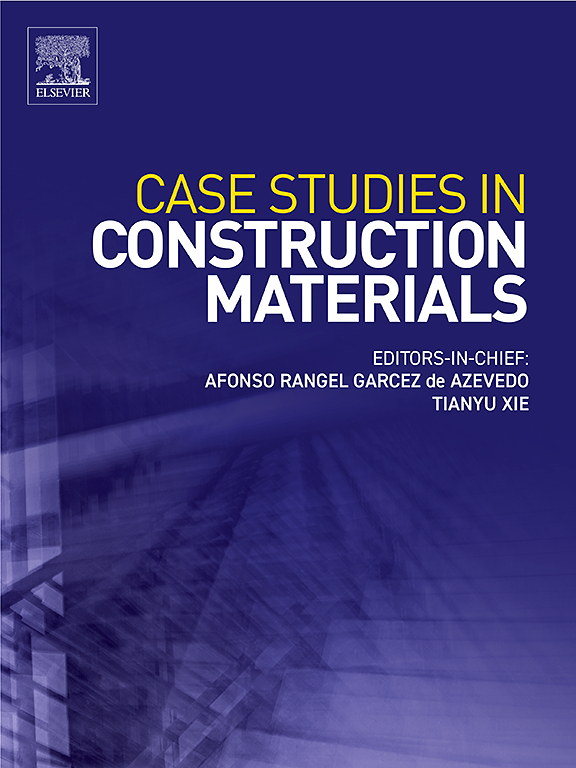利用工业副产物和废物处理改善红土关键工程性质的研究进展
IF 6.6
2区 工程技术
Q1 CONSTRUCTION & BUILDING TECHNOLOGY
引用次数: 0
摘要
红土由于其在热带和亚热带地区的广泛可用性而被广泛用于路基建设。然而,由于这些土的工程特性不足,往往需要进行处理。虽然传统上使用水泥来解决这些挑战,但利用工业副产品和废物提供了一种更可持续的替代方案,符合可持续建筑的原则。本文综述了利用副产物和废料改善红土路基工程特性的最新进展。对2018年至2024年间发表的研究进行了系统回顾,研究了用这些材料稳定红土的好处和挑战。为了弥补文献综述中关于工业废物或副产品掺入红土路基土的空白,本研究专门研究了这些物质对红土的压实、力学、水力、变形、耐久性和微观结构特性的影响。这是通过对未处理和处理过的样品进行比较分析实现的。结果表明,掺入废土可显著改善红土的关键工程性能。然而,仔细选择所使用的废物的类型和数量对于实现土壤稳定的兼容性至关重要。本综述的研究结果有望鼓励从业人员和研究人员在促进现有知识库的同时,在路基建设中推进可持续材料。本文章由计算机程序翻译,如有差异,请以英文原文为准。
A review on improving the key engineering properties of lateritic soil by treating industrial by-products and wastes
Lateritic soils are commonly used in subgrade construction due to their widespread availability in tropical and subtropical regions. However, these soils often necessitate treatment because of their inadequate engineering properties. Although cement has been traditionally employed to address these challenges, utilizing industrial by-products and waste provides a more sustainable alternative, aligning with the principles of sustainable construction. This study reviews recent advancements in improving the engineering properties of lateritic soils for subgrade applications through by-products and waste materials. A systematic review of studies published between 2018 and 2024 examined the benefits and challenges of stabilizing lateritic soils with these materials. To address the gap in review articles on incorporating industrial waste or by-products into lateritic subgrade soils, this study specifically investigated the impacts of these materials on the compaction, mechanical, hydraulic, deformation, durability, and microstructural properties of lateritic soils. This was achieved through a comparative analysis of untreated and treated samples. The results reveal that incorporating waste materials can substantially improve the key engineering properties of lateritic soils. However, carefully selecting the type and amount of waste material used is essential for achieving compatibility in soil stabilization. The findings of this review are expected to encourage practitioners and researchers to advance sustainable materials in subgrade construction while contributing to the existing knowledge base.
求助全文
通过发布文献求助,成功后即可免费获取论文全文。
去求助
来源期刊

Case Studies in Construction Materials
Multiple-
CiteScore
7.60
自引率
19.40%
发文量
842
审稿时长
63 days
期刊介绍:
Case Studies in Construction Materials provides a forum for the rapid publication of short, structured Case Studies on construction materials. In addition, the journal also publishes related Short Communications, Full length research article and Comprehensive review papers (by invitation).
The journal will provide an essential compendium of case studies for practicing engineers, designers, researchers and other practitioners who are interested in all aspects construction materials. The journal will publish new and novel case studies, but will also provide a forum for the publication of high quality descriptions of classic construction material problems and solutions.
 求助内容:
求助内容: 应助结果提醒方式:
应助结果提醒方式:


